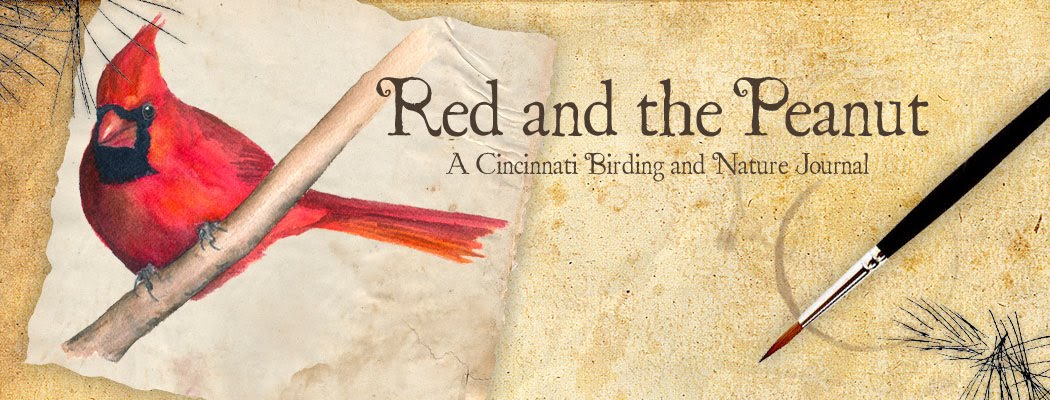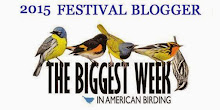 |
| ...according to Chiggy no doorway is complete without boughs of pine and sprigs of holly! |
Wishing you the happiest of holidays
filled with love and cheer.
Merry Christmas!
Winter roost boxes for cavity nesting birds...
In reality, you wouldn't see a chickadee using a birdhouse as a nest box during the winter (
of course, you wouldn't see a chickadee hanging pine rope on one either!), but you might see a chickadee venturing into a small roosting box on a cold winter's night. Many cavity-nesting winter birds roost together at night to conserve heat in roost boxes. Bluebirds, titmice, winter wrens, and white-breasted nuthatches are all known to roost communally and will even use birdhouses as a roost box, but chickadees roost individually and prefer tiny crevices or very small roost boxes to help them conserve heat and make it through long frigid nights.
Nesting boxes and birdhouses are open and drafty. They are designed to dissipate heat because they are used in the spring and summer when temperatures can soar. Since heat rises it only makes sense the entry hole on a nesting box is at the top of the box, but roost boxes are designed to hold heat in. They are well sealed and have the entry hole at the bottom of the box. Communal roost boxes are designed with multiple shelves or perches staggered throughout the box.
Click here to download instructions and plans from the Missouri Department of Conservation on how to build a communal winter roost box.
It's hard to find a single-bird roost box in a store, so you might need to make a tiny roost box for a chickadee if you want one (
or 10) in your yard. Scott Shalaway, in an article titled
"A winter roosting box for chickadees is a tight spot" (
click here), suggests making a small roost box with the inside dimensions of four inches wide, three inches deep, and three inches high...with an entry hole of 1.25 inches at the bottom of the front panel. He doesn't supply the plans, but it doesn't seem too hard.
Cynthia Berger, in an article titled
"Providing Birds with Cozy Winter Roosts"(on the National Wildlife Federation's site,
click here), talks about cavity nesting birds using birdhouses and roost boxes in the winter. Bluebirds do not roost on perches. They like to clump together at the bottom of a nest box, so you might want to winterize a few birdhouse nest boxes for the bluebirds. She also reports that a zoology professor named Chuck Kendeigh did an experiment (
research was performed from December 20, 1949 to January 11, 1950) to confirm winter roost boxes really do help birds survive freezing temperatures. He found that during the day when the bird was not in the roost box the temperature was the same inside as it was out, but at night, the temperature inside the roost box rose from 18 degrees outside to 29 degrees inside. The colder the outside temperature, the greater the difference in warmth inside. He concluded that winter roost boxes really do help winter birds brave the cold.
For a detailed account of how Black-capped Chickadees survive northern winters, check out the book
Wild Bird Guide: Black-capped Chickadee by Susan M. Smith (page 69). I love this book! You can order it on Amazon,
here



















